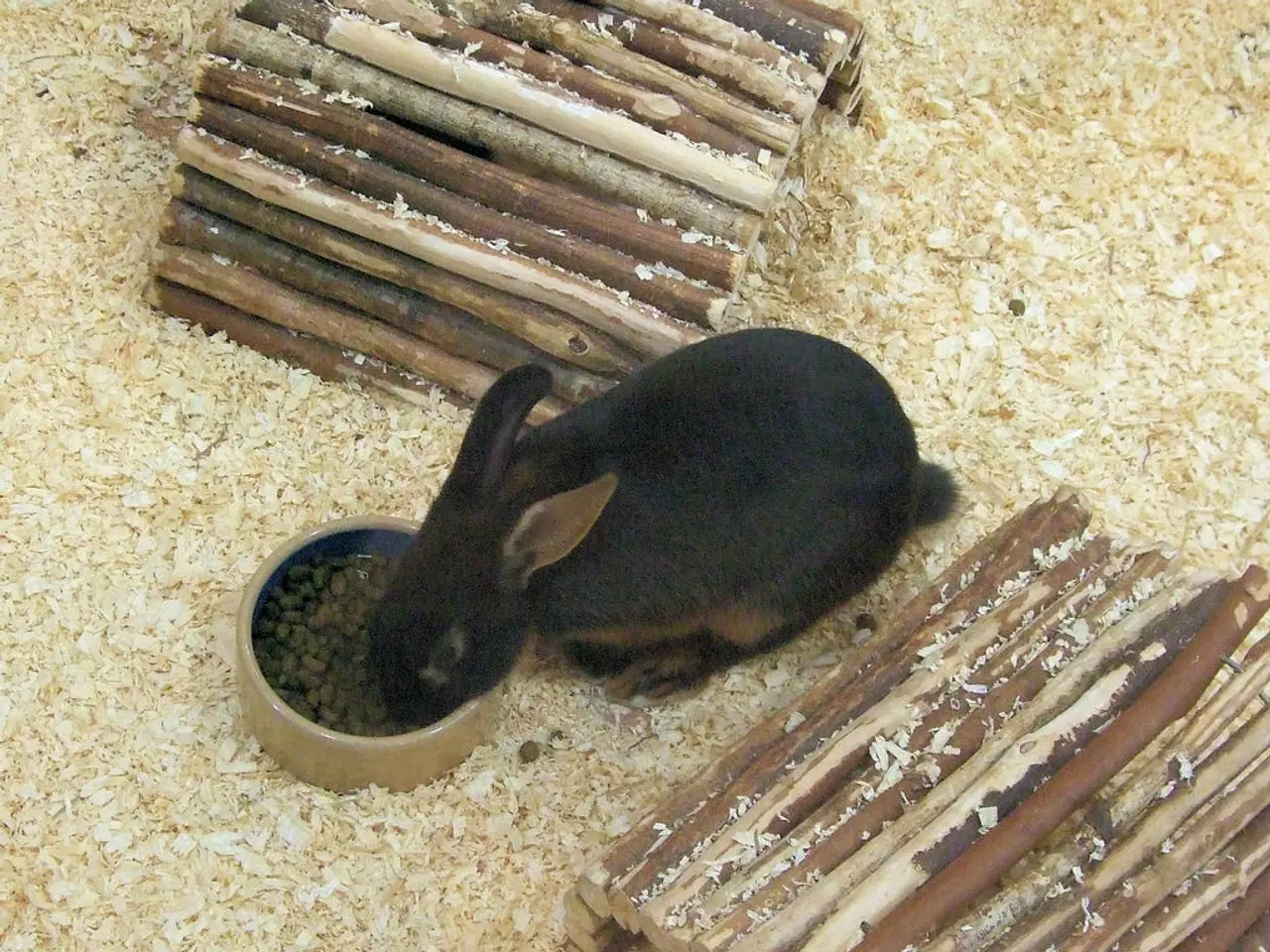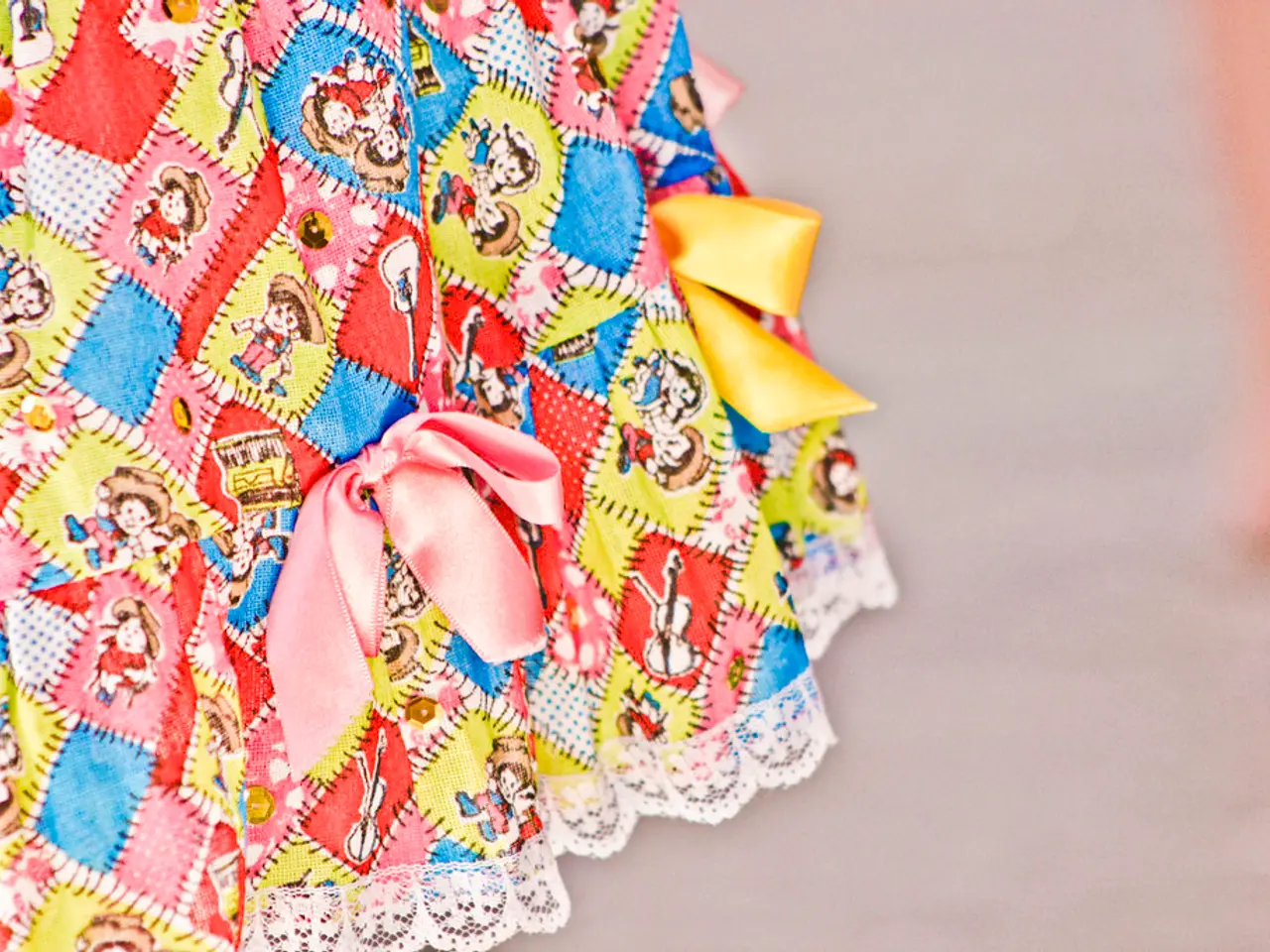Indoor Rabbit Housing: A Vet Answers Your Pressing Questions
Caring for Indoor Rabbits: A Comprehensive Guide
Indoor rabbit care requires a thoughtful approach, focusing on providing ample safe space, suitable accommodation, a balanced diet, and controlled outdoor access.
Space Requirements
To ensure a happy and healthy indoor life, rabbits need plenty of room to move freely. Hutches or cages should not be treated as confinement but as resting burrows. A large enclosure or a two-tiered hutch can maximize space, allowing exercise and exploration. It's essential to designate a safe zone free from electrical hazards and other pets, and to rabbit-proof the area with secured cables and toxin-free plants, as rabbits are natural chewers. Indoor rabbits should also have access to a cozy, dark hiding spot to reduce stress and mimic natural burrows.
Accommodation
Housing should provide places to dig, chew, and hide, such as digging boxes, cardboard tunnels, and hidey-holes. Fresh clean water must be available daily, with regular cleaning of water bottles to avoid malfunction and contamination. Maintaining comfortable temperature indoors (under 77°F or 25°C) is important, as rabbits cannot sweat and are prone to heatstroke. Good ventilation or cooling aids like ceramic tiles can help keep them cool in summer.
Outdoor Access
Outdoor time should be supervised and in a safe environment, providing natural enrichment and exercise opportunities while ensuring safety from predators and extreme weather. Outdoor access additionally assists with natural behaviors like digging and chewing if the environment is secure and free from toxic plants.
Diet and Health
A rabbit’s diet should be primarily high-quality hay (about 85%), fresh vegetables (10%), and a small amount of pellets (approximately an eggcupful twice daily). Safe chew items (apple or willow branches) help support dental health. Regular health checks with a rabbit-experienced veterinarian are recommended, including vaccinations and monitoring dental care.
In summary, ample safe space for exercise and retreat, enrichment matching natural rabbit behaviors, a balanced diet, and controlled, secure outdoor access form the core of best practices for indoor rabbit care. Ensuring environmental safety and temperature control completes responsible housing.
Vaccinating house bunnies is recommended to protect them from fatal diseases spread by infected wild rabbits via insects. Indoor rabbits require plenty of mental stimulation and a large enough area to run and jump in. A large exercise enclosure or one of the best rabbit runs is ideal for facilitating outdoor time for indoor rabbits. Toys should be provided for indoor rabbits, with regular changes to avoid boredom. Rabbits should display natural behaviors like nesting and digging, so plenty of bedding material should be provided. Using a harness and leash on a rabbit can be done, but they need to be gradually trained to accept it.
Rabbit-proofing one room is often easier than the whole house, and popular options are utility rooms, kitchens, and conservatories. When housing rabbits indoors, there are three main options: free range, a room, or part of a room. More pet rabbits are living indoors than those housed outdoors, according to a recent poll by the PDSA.
- To maintain a healthy indoor life for rabbits, it's crucial to provide ample space for free movement, along with safe zones devoid of electrical hazards and other pets, in order to reduce stress and mimic natural burrows.
- Ensuring a balanced diet, consisting primarily of high-quality hay, fresh vegetables, and a small amount of pellets, is essential for the health of indoor rabbits. Safe chew items like apple or willow branches can help support their dental health.
- Providing toys for indoor rabbits can help prevent boredom and offer mental stimulation, encouraging natural behaviors like digging and nesting.
- When housing rabbits indoors, it's advisable to dedicate a room for them, such as a utility room, kitchen, or conservatory, and to rabbit-proof the area securely.
- Indoor rabbits require controlled, supervised outdoor access, ensuring safety from predators and extreme weather, to provide natural enrichment and exercise opportunities.




